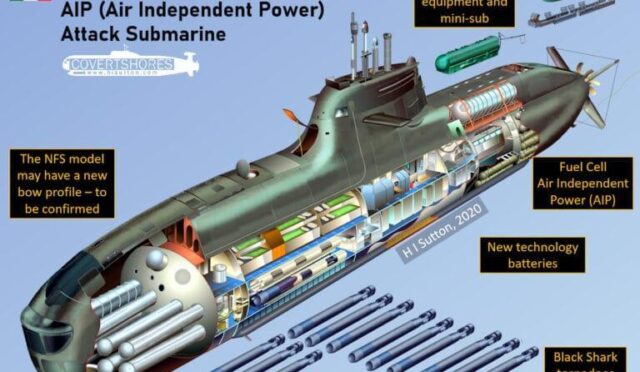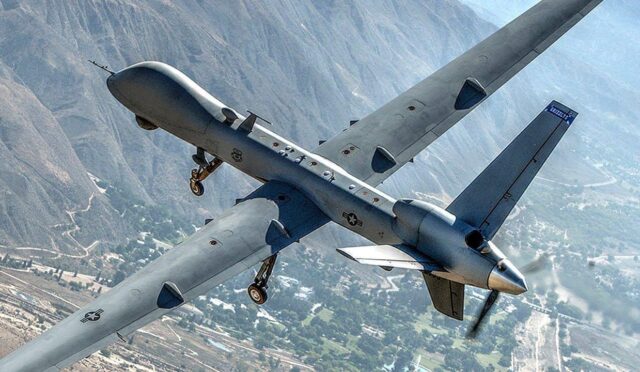Slovakia Approves Barak MX Air Defense System
Slovakia has officially approved the acquisition of the Barak MX air defense system, a sophisticated technology developed in Israel, for a total cost of 560 million euros, which is approximately 583 million dollars. This decision marks a pivotal moment for the country as it aims to enhance its military capabilities, reinforcing its status as a longstanding NATO member. The agreement is noted as the largest defense export between Israel and Slovakia, described by the Israeli defense ministry as a ‘significant milestone’ in the two nations’ military relations.
The Israeli defense ministry highlighted that this landmark deal will not only strengthen the bilateral relationship between Slovakia and Israel but also bolster Slovakia’s defense capabilities significantly. However, specific details regarding the number of systems to be procured or the expected timeline for delivery were not disclosed, leaving some aspects of the agreement shrouded in uncertainty.
Familiarity with Israeli Defense Systems
This isn’t Slovakia’s first venture into Israeli defense technology. The nation has previously invested in Rafael’s Spike LR2 anti-tank guided missiles and ELTA radar systems, showcasing a growing reliance on Israeli military technology. Such prior acquisitions indicate a commitment to modernizing Slovakia’s defense infrastructure by integrating advanced systems that enhance its operational readiness.
The Barak MX system, developed by Israel Aerospace Industries, is tailored for both naval and land deployments. It boasts a comprehensive defense capability against various aerial threats such as ballistic missiles, drones, and fighter jets. Slovakia’s history of procuring Israeli systems demonstrates a strategic approach to defense, aiming to fortify its military against a range of potential threats.
Versatile Defense Features of Barak MX
The Barak MX is designed to provide a multi-layered defense solution, featuring interceptors capable of addressing threats at different ranges. These include medium-range interceptors covering 35 kilometers, long-range options up to 70 kilometers, and extended long-range systems reaching 150 kilometers. Each interceptor is equipped with advanced technology, including a dual-pulse engine, a powerful warhead, and an active radar seeker, ensuring high efficiency in engagements.
IAI emphasizes the importance of integrating various sensors and battle management systems with high-performance interceptors, which can be customized to meet the specific needs of the customer. This approach not only ensures current operational effectiveness but also prepares for future challenges posed by evolving threats in the defense landscape.
Regional Security Concerns
The decision by Slovakia to enhance its air defense capabilities comes at a time of increasing regional tensions, particularly due to the ongoing conflict between Russia and Ukraine. A recent report by German military intelligence has raised alarms about the potential for Moscow to target a NATO member state if it succeeds in Ukraine, adding urgency to Slovakia’s defense upgrades.
In recent months, Slovakia has emerged as a significant European supporter of Ukraine, contributing nearly 700 million euros in military aid. However, following the election of populist Prime Minister Robert Fico in late 2023, Bratislava announced a halt to all military assistance to Ukraine, marking a shift in its defense strategy amid changing political landscapes.







